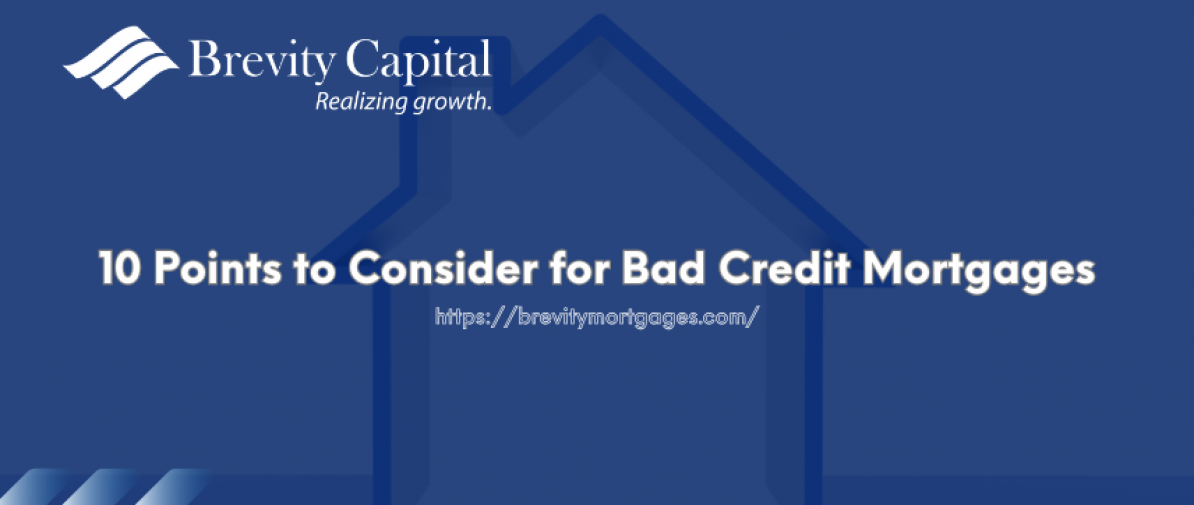- June 30, 2023
- Written by Admin
How is Your Mortgage Registered in Canada?
If you are someone who has just set foot in the world of real estate and aspiring to become a homeowner in the coming months, then the words "Registered home mortgage" might be somewhat of a jargon to you. At first glance, you might think that this is nothing more than a complicated way of saying mortgage application, but that couldn’t be further from the truth. If you don't know what mortgage registration is, it could negatively affect your ability to renew your commercial mortgage at a good rate or apply for a home equity line of credit rate in Canada. Thankfully it’s not that complicated because, in the simplest of terms, Mortgage registration is collateral for the mortgage provider, like a private lender in Ontario, when you take out a home loan.
When you obtain a mortgage to buy a property, the lender will file the mortgage documents with the government's land registry office. This process of registration guarantees the lender's right to the property and generates a legal record of the mortgage and its terms.
A Private lender in Ontario can file a normal or a collateral charge. The term "standard charge" can also refer to a typical charge or one that does not require collateral.
Standard Charge
This is the conventional way, and a majority of first-time home buyers will have to use this as the Mortgage registration process. In this method, your mortgage loan information, including principal, interest rate, length, payment amount, and more, is recorded on the title. One and only one mortgage loan is documented as a normal charge for the loan's total amount.
For example, if you want a mortgage of $500,000 then under the standard charge, your Ontario Private lender will register the full amount of $500,000. Paying off the existing mortgage loan, discharging the registered charge, entering into a new mortgage loan arrangement, and registering a new charge on the title will be necessary if you wish to borrow more money.
Collateral Charge
In this case, you can leverage the equity in your property to secure a loan. If the total amount owed is less than the principal amount of the collateral charge, a lender may register the charge for an amount that is greater than your initial loan without filing a new charge.
For a property purchase of $300,000, for instance, a Private lender of Ontario might register a collateral charge for $350,000; this would allow you to borrow the first $300,000 plus an additional $50,000 without having to file for a new charge. There is a separate document (the mortgage loan agreement) that specifies the terms of the loan (including the principal amount, interest rate, period, and payment amount). There is no mention of them in the title deed.
Provincial land registry offices in Canada conduct the process of registration. The whole process is governed by a unique set of laws in each province, although the fundamental processes are the same throughout the country. Let us take a look at the steps involved that a Private lender in Ontario would have to follow.
Step 1
The first step involves getting a copy of the property's title. The title is a legal document that mentions the owner of the property and whether there are any existing mortgages or liens currently going on. The Ontario lender will create mortgage documentation outlining the loan details, including the amount borrowed, mortgage pre-approval costs, the interest rate in Canada, and the repayment schedule after they have received the copy of the title.
Step 2
According to experts, the next step is for the lender to register the mortgage papers with the land registry office in the province where the property is located. This process may also involve government fees determined by the province and the property's value.
Step 3
In Canada, once the registration process takes place, the Ontario Private lender has the right to the property. In case the borrower fails to repay the loan, the lender has the authority to seize and sell the property to repay their losses. The registration process is also helpful as it guarantees that any future property buyers are aware of the current mortgage and its terms.
Do You Get To Choose Your Mortgage Charge?
It depends on the lender, but often the answer is "yes." When deciding on a mortgage product and lender, our customers typically prioritise other factors (such as the lowest rate or most adaptable terms). Even so, we can guide you towards the optimal decision, whether a standard or collateral charge is more important to you. Discuss your alternatives with a Brevity Mortgage broker. Think ahead to whether or not you'll want more leeway at renewal time or need additional money for upgrades or investments.
You may also like:
Although the process of mortgage registration is not a complicated one by any means, especially due to the fact that most of it are handled by the lender directly, getting in touch with a reputable mortgage broker to help you better understand the rules and the regulations in your province is not a bad idea. A mortgage registration creates a legal record of the mortgage and provides the lender's rights over the property. You should always keep in mind that knowledge is power, and by learning about mortgage registration, you'll be well on your approach to achieving the house of your dreams.





